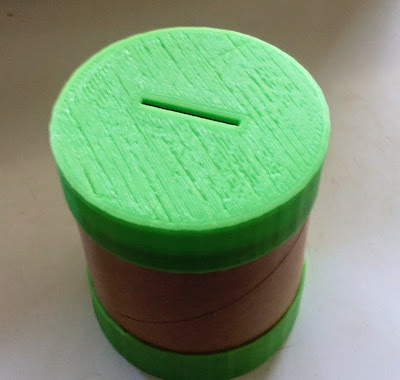Something New
Today I received another package from China.
It contained 2 transmitter and receivers for communication with Arduino. Not for IR but on 433 Mhz.
The model of the receiver is XD-RF-5V. The 5V indicates that it works on 5 volts. The transmitter listens to the name XD-FST and operates from 3.5 volts to 12 Volts. The higher the voltage the bigger the range.
You can find details on how to use it here on instructables and a detailed instruction for Arduino here and more here and here on goes the list here and here and even more here. You can find the original page for the library here. And the most easiest of all is found here.
It contained 2 transmitter and receivers for communication with Arduino. Not for IR but on 433 Mhz.
The model of the receiver is XD-RF-5V. The 5V indicates that it works on 5 volts. The transmitter listens to the name XD-FST and operates from 3.5 volts to 12 Volts. The higher the voltage the bigger the range.
You can find details on how to use it here on instructables and a detailed instruction for Arduino here and more here and here on goes the list here and here and even more here. You can find the original page for the library here. And the most easiest of all is found here.





















